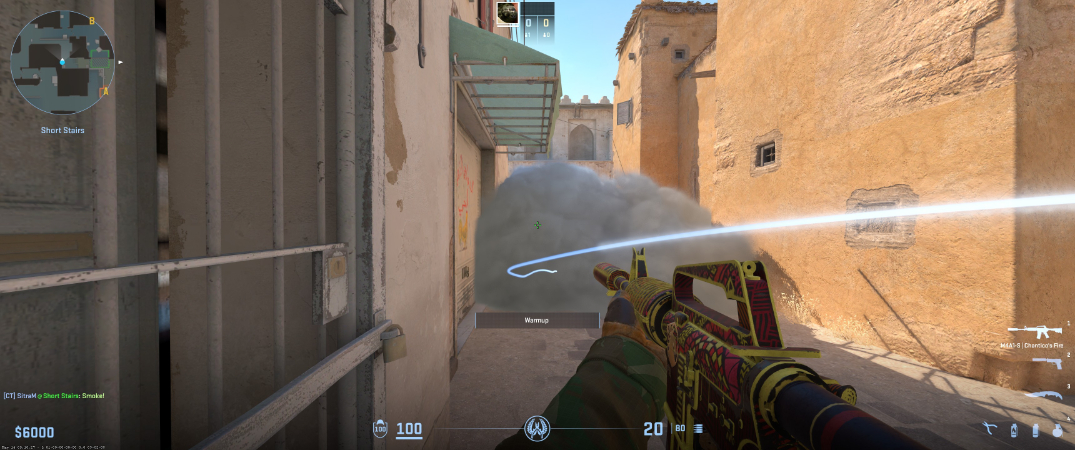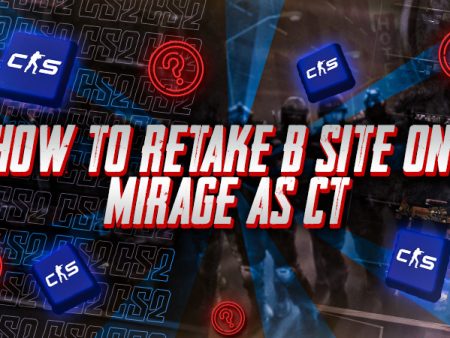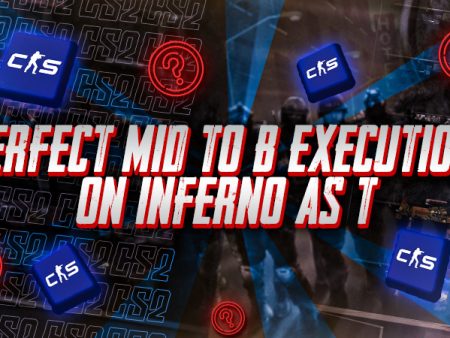A Short on Dust 2 is one of the most common T-side attack paths, and if CTs lose control, the A site becomes much harder to defend. Holding A Short is about smart utility, positioning, and knowing when to contest and when to play retake. In this short lesson, we’ll cover what makes an effective A Short hold and what to avoid.
Key Things to Focus on When Holding A Short as CT

Contesting A Short is risky if done alone or without a plan. Use early utility to slow down Ts and deny fast takes, but avoid wasting everything at the start of the round. It’s about controlling space with utility and being ready to fall back if Ts commit hard.
Positioning is just as important. Holding close angles can work if you have a teammate nearby, but often, playing from safer positions allows you to stall longer and stay alive. The goal is not always to fight to the death- it’s to make Ts work for the control, burn time, and force them to commit utility.
One of the most common mistakes is overcommitting to early fights or getting stuck in open angles. Good Ts will punish you if you overstay. Stay mobile, use your utility smartly, and always think about how to delay the round and make A Short expensive for Ts to take.
Conclusion
Watch the video and pay attention to how to balance pressure, utility, and timing. A clean A Short hold can stop A site collapses and give your team more control over the round.



Short was always awkward for me to hold. Tried some tips from this lesson and I feel stronger now!